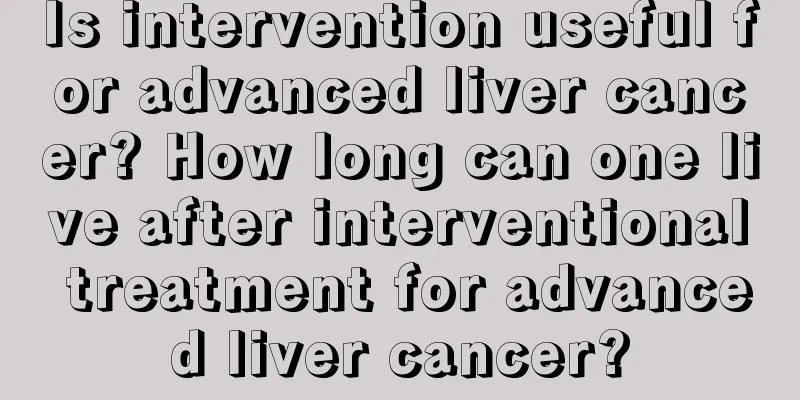How to make laundry detergent formula

|
In life, almost every family has some necessary washing products, especially laundry detergent, which is very important. However, some people may be allergic to laundry detergent or the laundry detergent cannot wash clothes cleanly. In addition, the price of laundry detergent is not cheap. Therefore, everyone likes to make their own laundry detergent at home with just a few simple raw materials. In this way, the washed clothes will be safer, and they can also learn how to make laundry detergent themselves. Introduction There are five major categories of ingredients in laundry detergent: active ingredients, detergent ingredients, buffering ingredients, synergistic ingredients, dispersant LBD-1, and auxiliary ingredients. The main ingredients are: fabric fiber anti-scaling agent, anionic surfactant, non-ionic surfactant, water softener, dirt suspending agent, enzyme, fluorescent agent and fragrance; inferior washing powder often contains harmful ingredients such as phosphorus, aluminum and alkali. The role of surfactants in laundry detergent is to make the detergent soluble, emulsifying, penetrating, cleaning, sterilizing, softening, foaming, and preventing static electricity on clothes. Synthetic surfactants have long been found to have side effects such as making hands rougher, and are now considered a major public hazard that pollutes the environment. In addition, phosphorus and aluminum alkali, especially phosphorus, have been banned from use in laundry detergents in some developed countries. However, many chemical plants in China are still producing such products, especially some foreign-funded enterprises. Their domestic products cannot contain these harmful substances, but in China, they take advantage of the imperfect laws and people's weak environmental awareness to boldly add these harmful substances. Active ingredients The active ingredient is the main ingredient in the detergent. Detergent active ingredients are a class of substances called surfactants. Their function is to weaken the adhesion between stains and clothes. Under the action of washing water flow and mechanical forces such as hand rubbing or stirring of the washing machine, the stains are separated from the clothes, thereby achieving the purpose of cleaning the clothes. Notice: 1. To achieve good cleaning effect, the laundry detergent should contain enough active ingredients. In order to ensure the washing effect of washing powder, the national competent authorities have stipulated the minimum content of active ingredients in washing powder. Depending on the type of active agent used and the category of the product, the amount of active ingredients in laundry detergents should generally not be less than 13%; 2. Because many surfactants have strong foaming ability, consumers can judge the quality of washing powder based on their experience and the foaming after washing powder is dissolved in water; 3. However, the foaming ability of some washing powders specially used for drum washing machines is much worse than that of ordinary washing powders. This is because the drum washing machine mainly relies on the mechanical force generated by the tumbling of the clothes in the drum to achieve the purpose of cleaning the clothes; and too much foam in the detergent solution will greatly weaken the mechanical force generated by the tumbling of the clothes, greatly reducing the cleaning effect. Cleaning ingredients Detergent builder is the largest ingredient in laundry detergent, generally accounting for 15%-40% of the total composition. The main function of detergent is to soften the water by binding the hardness ions contained in the water, thereby protecting the surfactant and maximizing its effectiveness. The so-called phosphorus-containing or phosphorus-free detergents actually refer to whether the detergent used is a phosphorus-based or non-phosphorus-based substance. Notice: 1. Some provinces and cities have enacted local regulations to prohibit or restrict the sale and use of phosphate-containing detergents. 2. Among non-phosphorus detergents, zeolite is recognized by the industry as a good substitute for phosphate components. 3. In addition, there are various "cheap" phosphorus-free builders, such as sodium carbonate (pure alkali), sodium silicate (water glass) and their complexes in various proportions. Since these non-phosphate additives eventually form water-insoluble precipitates, they will sink to the clothes if they are not effectively suspended in water. Long-term use of this phosphorus-free detergent will result in clothes becoming hard and yellow. To prevent this from happening, well-designed phosphate-free detergents use effective dispersants in their formulas so that the insoluble particles that form do not settle on the clothes. |
<<: Benefits of wearing red garnet
>>: Effect of isopropyl alcohol
Recommend
Is liver cancer contagious? How to prevent liver cancer scientifically to avoid the disease?
After the hepatitis B virus (HBV) invades the liv...
What to do if stool is in small pieces
In our daily life, defecation can be said to be a...
Nursing after total laryngectomy for patients with laryngeal cancer
Laryngeal cancer is a common malignant tumor in o...
Early prevention of rectal cancer
Since the cause of rectal cancer is not completel...
What foods are too high in fat that you must know if you want to lose weight
Losing weight has always been an eternal topic fo...
Does artificial marble have radiation?
Artificial marble is the most common decorative s...
What injection should I take for cholecystitis
Cholecystitis is a very common disease in the hum...
8 health-preserving methods are the best for removing dampness
Method 1: Less salt to help the kidneys drain wat...
The effect of drinking chrysanthemum and lemon soaked water
Drinking chrysanthemum and lemon soaked in water ...
What to do if cheekbones become more and more prominent
Prominent cheekbones will make the face look bigg...
Does drinking vinegar on an empty stomach hurt your stomach?
Vinegar is a very common condiment in cooking, an...
What is the cause of mucus after defecation? Do you know these 3 reasons?
Many people find mucus in their stool after defec...
Does Jin Jun Mei have a shelf life?
Jin Jun Mei is a famous Chinese medicinal materia...
Can you sleep? 9 bedtime habits that affect sleep quality
Most people experience some type of sleep problem...
Methods of digital rectal examination for prostate cancer What are the examination items for prostate cancer
Prostate cancer is very harmful to men. This dise...









